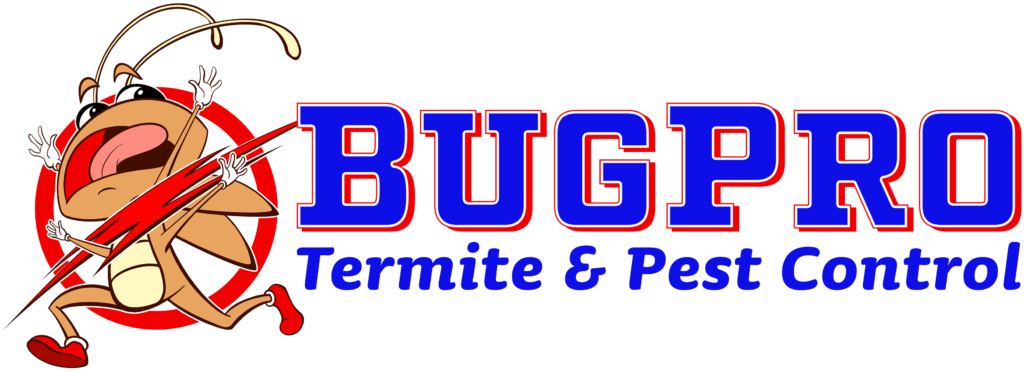
When it comes to termites, most homeowners are familiar with subterranean and drywood termites. However, there is another type that prefers areas with high moisture content: dampwood termites. While they may not be as infamous as their counterparts, dampwood termites can still cause significant damage to your property. In this blog, we’ll explore the world of dampwood termites, including their biology, signs of infestation, prevention strategies, and effective control measures.
What Are Dampwood Termites?
Dampwood termites belong to the termite family Kalotermitidae and are larger than their subterranean and drywood relatives. As their name suggests, they prefer wood with high moisture content and are often found in decaying wood, damp areas of homes, and outdoor structures.
Biology and Behavior
– Habitat: Dampwood termites thrive in areas with high humidity and moisture. They are commonly found in logs, stumps, and wet wooden parts of buildings like crawl spaces, basements, and leaky roofs.
– Colony Structure: Unlike subterranean termites, dampwood termites do not require soil contact. Their colonies are smaller, often just a few hundred individuals, and lack a distinct worker caste. Instead, immatures perform the labor tasks.
– Diet: Dampwood termites feed on wood with high moisture content, making their diet quite specific. They can break down cellulose in the wood with the help of symbiotic organisms in their guts.
– Life Cycle: The life cycle of dampwood termites includes eggs, nymphs, soldiers, and reproductives. The reproductive caste includes winged males and females (alates) that leave the colony to form new ones.
Signs of an Infestation
– Presence of Moist, Damaged Wood: Look for areas where wood appears darker and is damp to the touch. Wood infested by dampwood termites will often be softened by decay.
– Frass (Wood Pellets): Dampwood termites produce frass, or wood pellets, as they tunnel through wood. These pellets are typically found in small piles near infested areas.
– Swarmers: Like other termites, dampwood termites produce winged swarmers that leave the colony to mate and establish new colonies. Swarmers are usually seen during the summer and fall.
– Galleries: Dampwood termite galleries are smooth and can be found within the wood. The presence of damp, hollowed-out wood is a clear sign of their activity.
Prevention Tips
– Moisture Control: Since dampwood termites require moisture, controlling humidity levels in and around your home is essential. Fix leaks, improve drainage, and ensure proper ventilation in damp areas.
– Remove Decaying Wood: Get rid of any logs, stumps, or decaying wood near your property. Replace or repair any water-damaged wood in your home.
– Wood Treatments: Use treated wood for constructions near moist areas. Treat existing wood with borate-based products to make it less appealing to termites.
– Regular Inspections: Regularly inspect your home, especially damp or wood-rich areas, for any signs of termite activity.
Control Measures
– Moisture Reduction: Eliminate moisture sources to make your home less attractive to dampwood termites. This may involve fixing leaks, improving ventilation, or using dehumidifiers.
– Wood Replacement: Replace infested and decayed wood with treated or more resistant materials.
– Direct Treatment: Apply termiticides directly to infested wood to kill termites. These treatments can penetrate deep into the wood, reaching the termites inside.
– Professional Pest Control: Due to the specific nature of dampwood termites, consulting a professional pest control service is often the most effective way to eradicate an infestation. They can provide targeted treatments and long-term prevention strategies.
Why Choose Professional Help?
Dampwood termites can be challenging to detect and control due to their preference for hidden, moist wood. Professional pest control services can:
– Conduct thorough inspections to identify the extent and location of infestations.
– Utilize specialized tools and products to effectively treat dampwood termite colonies.
– Provide ongoing monitoring to prevent future infestations.
Conclusion
Dampwood termites may be less well-known than their subterranean and drywood counterparts, but they can still cause considerable damage to your property. Understanding their biology, recognizing the signs of an infestation, and taking proactive prevention measures are key to protecting your home. If you suspect a dampwood termite infestation, don’t hesitate to reach out to a professional pest control service for a comprehensive assessment and targeted treatment plan. By staying vigilant and proactive, you can keep these moisture-loving invaders at bay and ensure the longevity of your home.